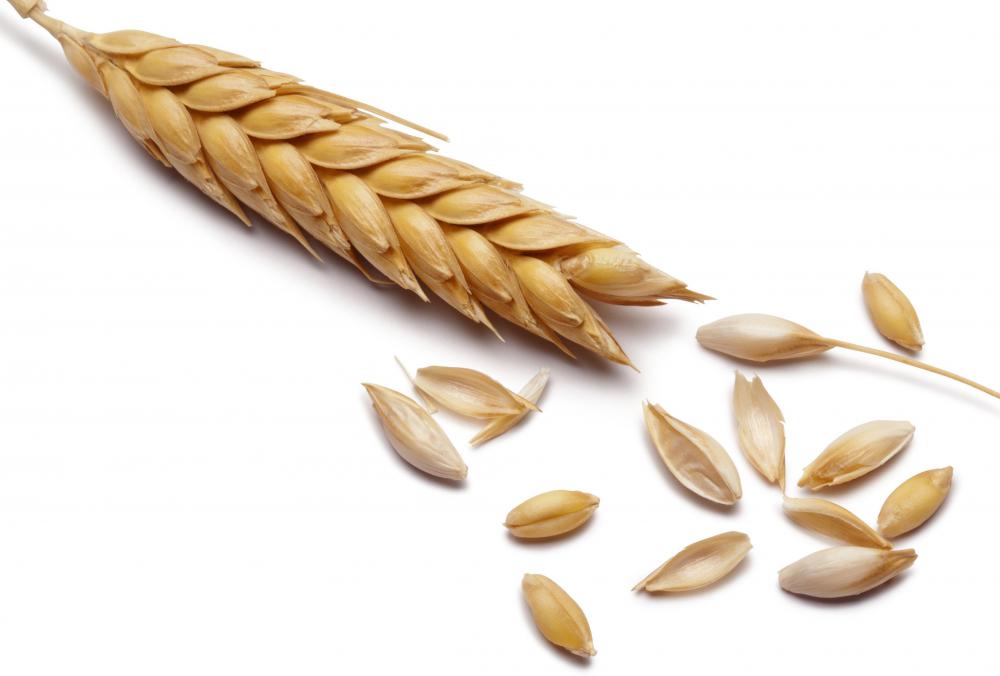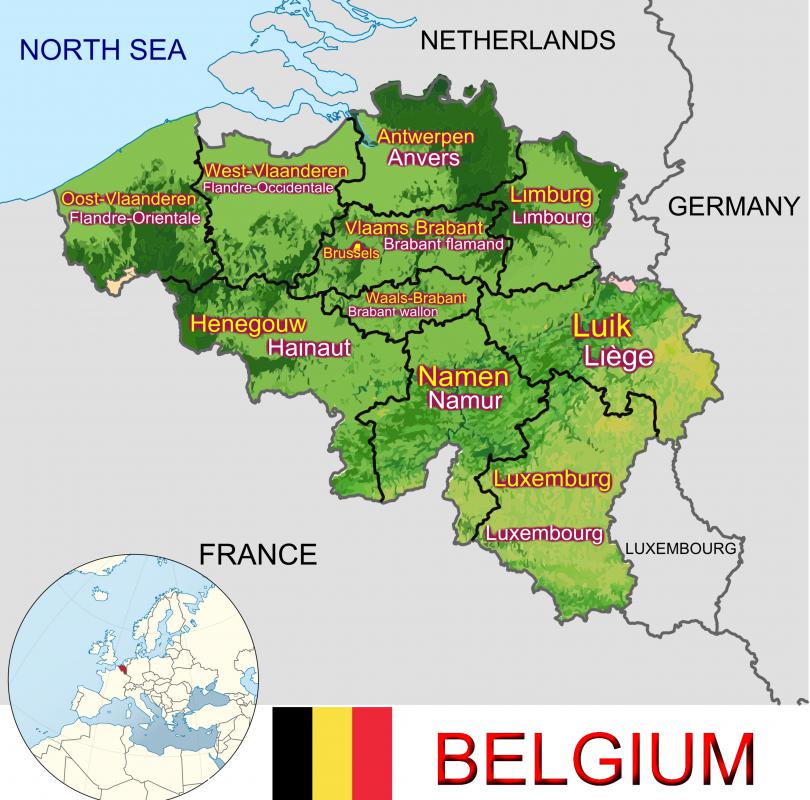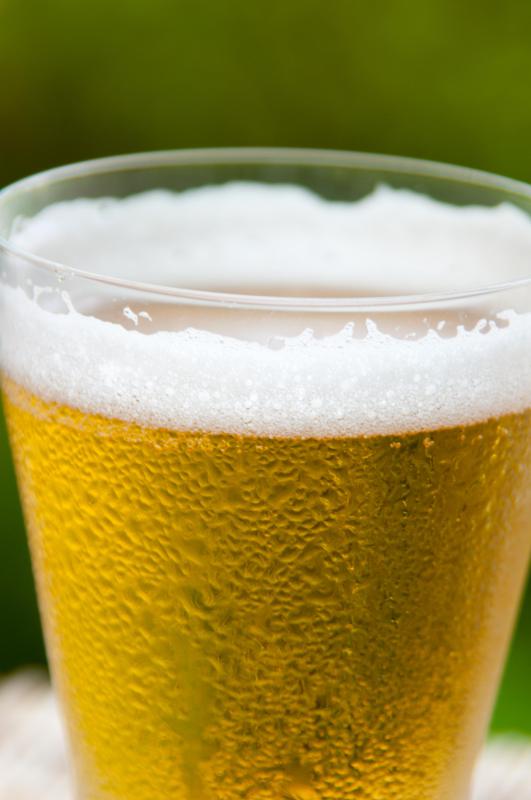At DelightedCooking, we're committed to delivering accurate, trustworthy information. Our expert-authored content is rigorously fact-checked and sourced from credible authorities. Discover how we uphold the highest standards in providing you with reliable knowledge.
What is a Belgian White Beer?
Belgian white beer, sometimes called witbier or biere blanche, is a drink popular in summer for its slightly honeyed taste and high carbonation levels. Originally brewed in monasteries, the drink is usually spiced with various flavorings. Revitalized after a major reduction in breweries in the 19th century, Belgian white beer is again popular throughout the European continent and around the world.
The area east of Brussels, Belgium became known for witbier in the 14th century. Original varieties were produced without hops, instead using a spice blend called gruut to impart flavor to the brew. Although some substitutions existed for local grain availability, most witbiers traditionally use equal portions of barley and wheat. Belgian white beer is technically an ale, as it used top-fermenting yeast and is brewed at a higher temperature than bottom-fermenting lagers. It is called white beer because yeast and wheat particles remain suspended in the final product, giving it a pale cast, especially when served cold.

With the excellent reputation of Belgian white beer, many breweries producing the beverage sprouted up in Eastern Belgium, particularly around the small town of Hoegaarden. At the height of popularity in the 18th century, over thirty breweries were in operation throughout the area. Yet over the next century, preference for lagers and hopped beers overtook the traditional forms, and by the 1960s, not one single Belgian white beer brewery remained in operation near Hoegaarden.

In 1966, a Hoegaarden milkman named Pierre Celis revived witbier with the founding of De Kluis brewery. Using techniques he learned as a boy, Celis created a version of the beer and began releasing it to the public. By the 1960s, beer drinking was no longer considered unrefined, with aficionados interested in flavor, texture and innovation, rather than just taste and alcohol content. This new culture of beer appreciation made Celis’ white beer unexpectedly popular. In the 1990s, Celis founded a brewery in Austin, Texas, and introduced Belgian white beer to America with the release of Celis White.

The character of witbier is often compared to the German hefeweizen, for its fruity and slightly sweet taste. Hops are often added in modern brews, imparting a slightly bitter taste, but the traditional spice blends are also used. Bitter orange, coriander, and cumin are popular additions to witbier production. The drink is distinct in that it often uses raw wheat instead of more typical malted varieties. The pale straw color is a result of the pale barley used, most often Belgian or two-row varieties.

Belgian white beer is particularly popular as a cold, summer drink. The thick head and silky body compliment the smooth taste of the drink. Through the efforts of Celis, witbier has become highly popular and it is now offered by many large commercial breweries. Witbier makes an excellent complement to a summer barbecue or picnic, and is now available in most grocery and liquor stores throughout Europe and the United States.
AS FEATURED ON:
AS FEATURED ON:

















Discussion Comments
@Soulfox -- and InBev was able to expand into the United States so effectively partially because Belgian white beer is very much in line with the kind of brew a lot of Americans like. Let's face it -- Budweiser is a very simple, lighter beer than the heavier stuff preferred in some parts of the world. America's love of less complex beers meant that white beers could fine plenty of fans in the U.S.
Belgian white beer has increased in popularity in the United States significantly since Anheuser-Busch was purchased by InBev, a company headquartered in Belgium. Prior to that purchase, a lot of white beers were available only as craft beers.
That's not the case anymore. Anheuser-Busch was a huge brewer and now inBev can mass produce white beer and sell it through Anheuser-Busch's massive distribution network. The remaining popularity of Anheuser-Busch didn't hurt when InBev wanted to make and sell more white beer in the United States, either.
Post your comments